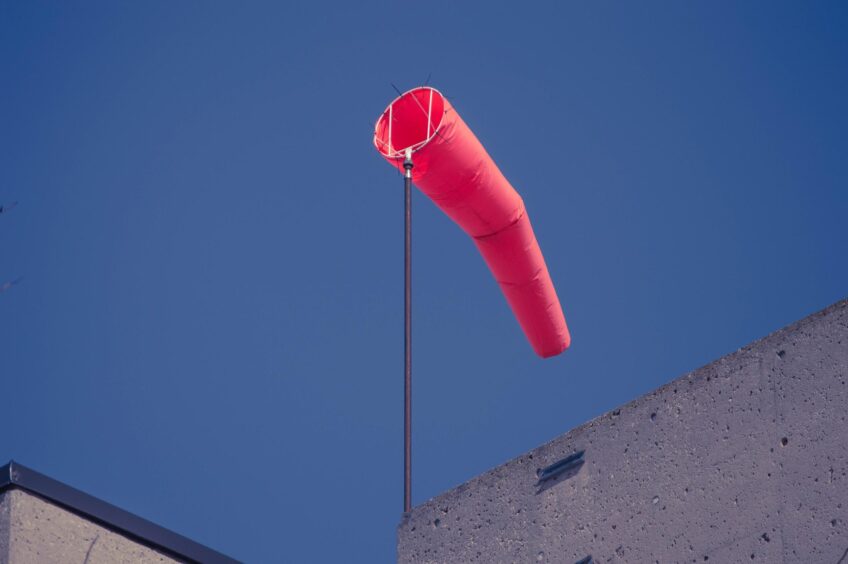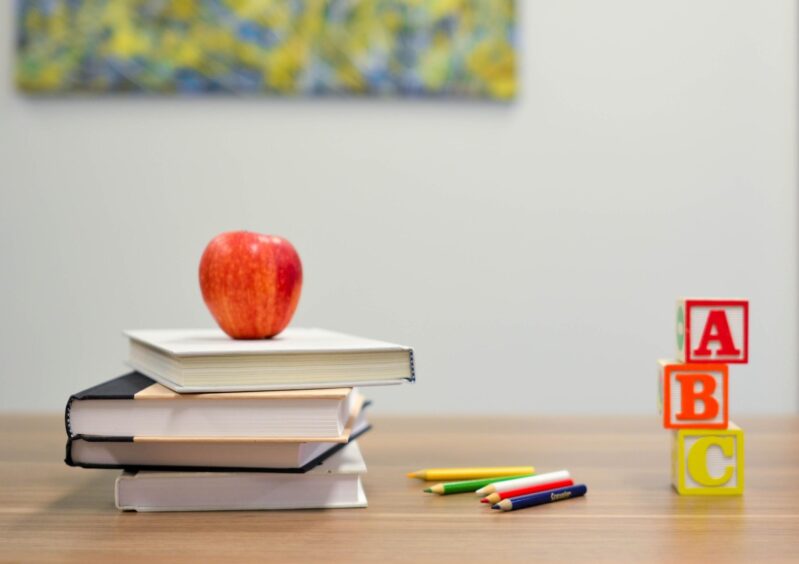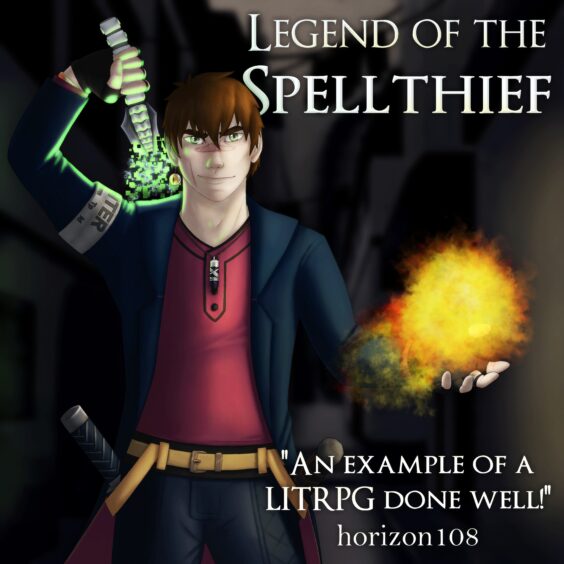Children are naturally curious and full of questions. This makes them motivated to investigate nearly anything around them. Ultimately, this makes it easy to help children to thrive as almost any science activity will interest them. Encourage them to explore things and to share in what they learn. This allows them to grow as thinkers and learners as they get older.
When you ask your children or students what science makes them think of, you will have two distinct answers. One will be the children who love to explore and the other group will be those that struggle to enjoy it as they feel the language and concepts are hard to grasp. Science is fun and can be fun for even those that may not seem as excited. With the help of fun science activities, you can help any student to feel engaged in the lesson.
Encourage curiosity.
Allow your students or your child to collect questions about things that they wander about during the day. Once a week, have them choose a few for you to explore with them. While when dealing with equipment and activity tutorials that might contain foreign language, using translation services is the best way to go. A mini-observation notebook will allow them to write down things that they notice or are interested in.
Simple Fun Science Activities

These simple projects for kids will help them to spark an interest in science and grow their love of exploring and investigating.
Cloud in a Jar: This is a great activity for very young kids. Use water and hairspray to demonstrate how a cloud forms.
Oil spill: This will allow you to connect the activity to a real-life problem. Mix oil and water in a container and add some feathers. Pass out materials such as spoons, paper towels, or sponges to instruct your children to try to remove the oil from the water and feathers. This will show how oil spills affect our environment. Allow them to observe how the oil affected the feathers. This is a lesson that children of all ages can understand.
Magnetic slime: Slime activities are great for tactile learners. Make this a science project by adding iron oxide powder. This is a great activity for showing how magnets work.
Microscopes: Allow students to get hands-on with laboratory equipment. Collect specimens and allow them to look at the items close up. This will teach them how to use a microscope and how to handle specimens properly.
Balloons & Charged Particles: Electricity can be hard for some kids to understand. Demonstrate how negative and positively charged particles interact with balloons. Rub a balloon over your hair to create static. Explain that your hair has become negatively charged as a result of electrons being taken from your hair making them positively charged.
Dry ice bubbles: This is a lesson in gas. When you add water to dry ice, it will change its temperature. This causes the ice to go from a solid to a gas. Make sure that kids are supervised well with this as it can cause skin burns.
S’more oven: This teaches students about solar power. Create an eco-friendly oven with foil and a cardboard box. Cut a flip in the lid and cover it with foil. Line the bottom of the box with foil too. Glue black construction paper over the foil on the bottom. Set up your graham crackers, place a piece of chocolate down, and a marshmallow in between. Angle the foil flap to reflect into the box. Wait for melting to begin.
Water density rainbow: Fill five glasses with hot tap water. Use food coloring to make each cup’s water a different color. Add two tablespoons of granulated sugar to the first cup, 4 to the second, 6 to the third, 8 to the fourth, and so on. Label each color with the amount of sugar added. Stir each cup until the sugar is completely dissolved. Place a cup in the microwave oven for 20 seconds. Stir this water. Continue to warm until all of the sugar is dissolved in all of the cups. Take some water from the cup with the most dissolved cup with a pipette or dropper and put it at the bottom of a test tube. Add a sample from each of the cups (in reverse order, the most sugar dissolved to the least). Use a new pipette for each color. This fun activity will demonstrate water density perfectly.
Degradation of Chlorophyll: Photosynthesis is always an attractive topic to discuss, but one way you can make it fun for children, is to carry an experiment that shows the degradation of chlorophyll. Make them find some leaves in the backyard, and follow a simple chlorophyll extraction procedure. Then put the solution in test tubes. To be able to see the fading color within hours, expose the test tubes under LED lights which are usually used for indoor gardening, but you can find simple light bulbs that do the job. At the end of the day, the children will be able to note the fading chlorophyll. If you own a UV-VIS Spectrometer, use it to visually show the children chlorophyll’s absorption spectrum. In terms of the absorption spectrum, it is particularly entertaining to see that the pigment absorbs exactly the wavelengths of the spectrum represented by the colors they can’t see and emits the color that they do see (green).
Teaching Science to Different Learners
Ultimately, finding simple, fun, and exciting science activities doesn’t have to be hard. After completing these hands-on activities, you can incorporate videos of the lesson to explore the subject matter further. While these experiments are great for tactile and even auditory learners, these videos and interactive content incorporates more effective learning methods for visual learners. When you know more about how children learn, you will be more inspired to incorporate fun activities into your lesson plans to see how they grasp topics that may not be simple to understand more freely.
Want more news from the Tech world for Gaming Peripherals to Hardware Click Here








You must be logged in to post a comment.